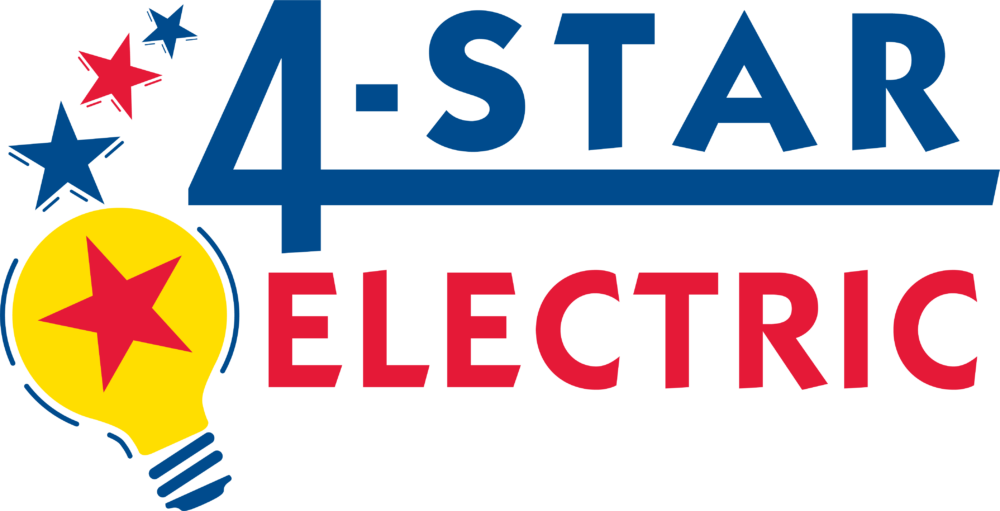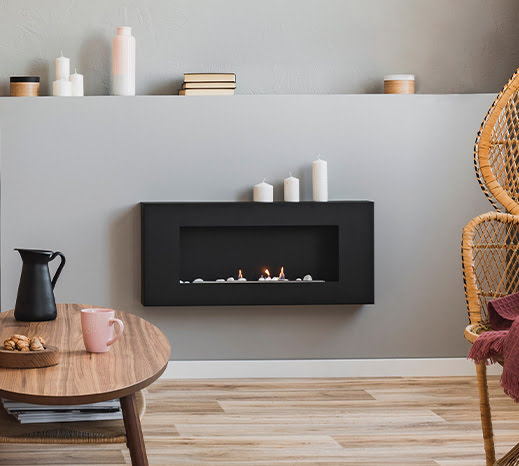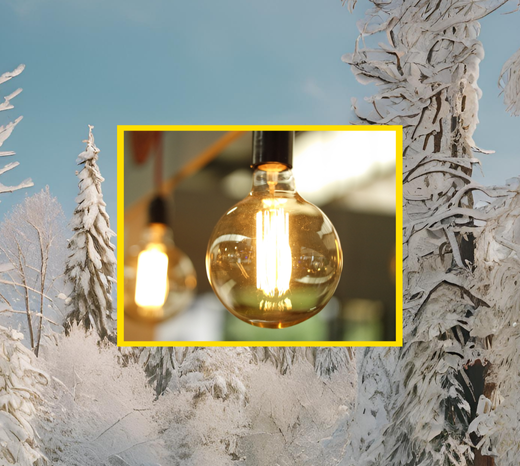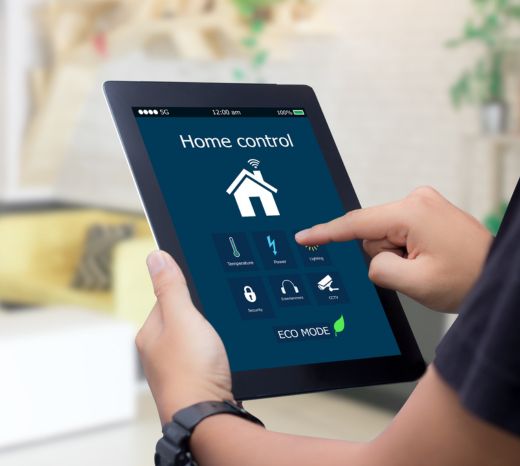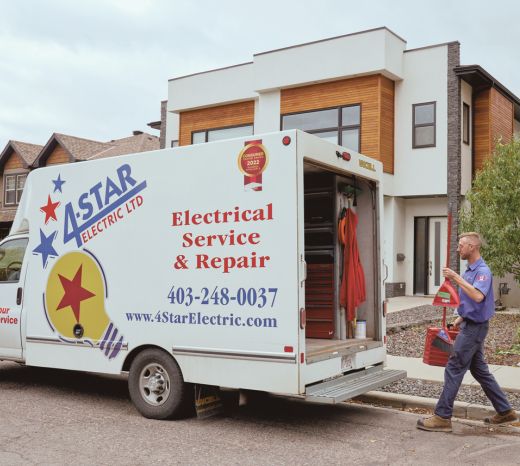Calgary, a city renowned for its chilly winters, demands efficient home heating solutions. In this article, our team at 4-Star Electric covers five electric heating options that are perfect for Calgarians, exploring their functionality, advantages, and the best scenarios for their use.
Please note: none of these are DIY projects. Before making any electrical upgrades to your home, be sure to have us perform a thorough electrical inspection of your home. This is the best way to make sure any new systems you add can be professionally installed and safely used.
Now, on with the list!
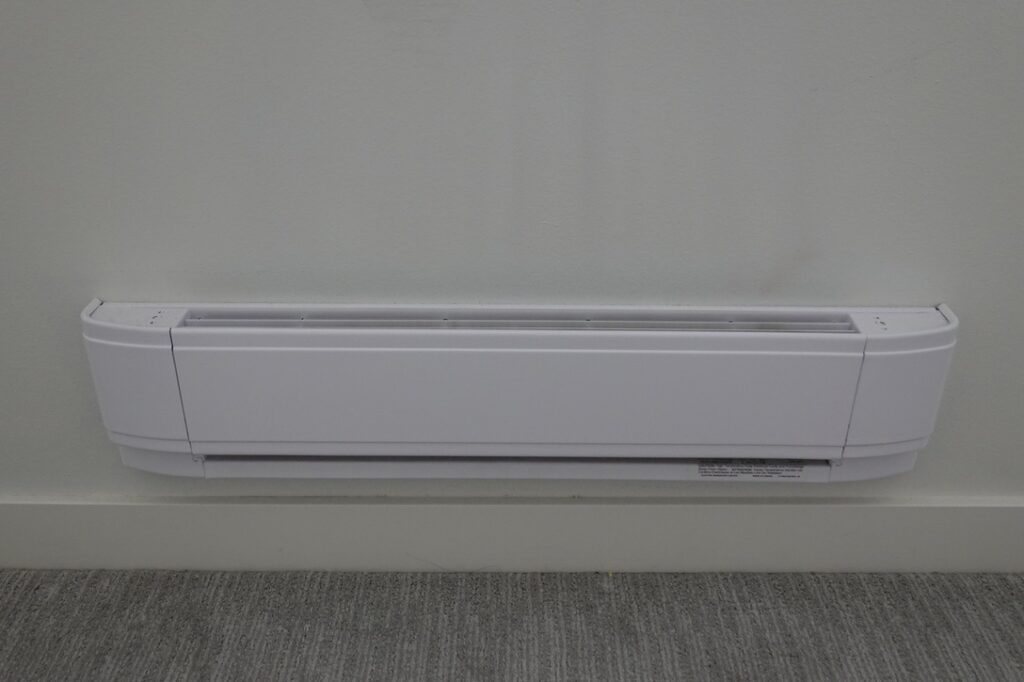
1. Electric Baseboard Heaters
Electric baseboard heaters work by converting electric energy into convective heat. These units are positioned at the edges of your rooms, where the walls meet the floor. They heat the cooler air that lingers in these areas, causing it to rise and warm the space efficiently.
Ballpark Cost: $50 - $250 per unit, excluding installation.
Required Maintenance: Regular dusting and ensuring that units are not blocked by objects or debris.
Best Suited For: Smaller rooms or apartments requiring supplemental heating.
Advantages
- Quiet operation ensures a peaceful environment.
- Relatively easy installation means lower setup costs.
Installation Tips
Larger rooms necessitate higher wattage, while smaller spaces can do with less powerful units. A good way to estimate the amount of power your baseboard heaters will need is to plan for 10W per square foot in each room where they are installed.
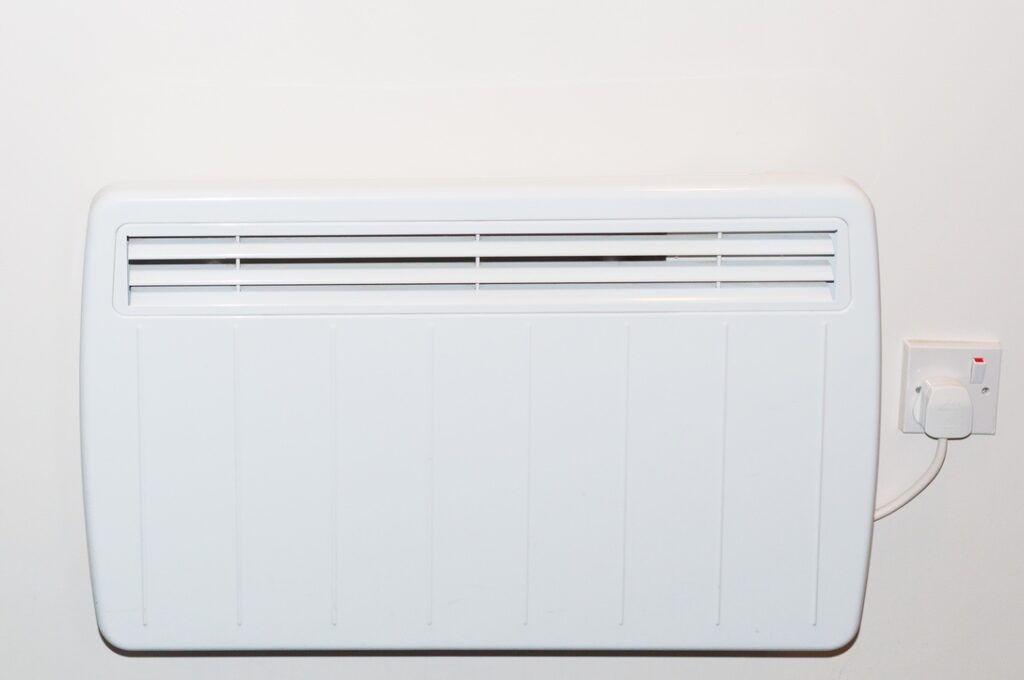
2. Electric Wall Heaters
Compact and efficient, electric wall heaters are designed for supplemental heat. These units use a fan to pull air across a small heating element inside and blow it back out into the space to raise the ambient temperature.
Ballpark Cost: $100 - $350 per unit, excluding installation.
Required Maintenance: Regular cleaning and yearly professional checks.
Best Suited For: Spot heating in specific areas of your home.
Advantages
- Compact design saves space.
- Efficient at providing additional warmth.
Installation Tips
Electric wall heaters are intended to supplement your primary heating system—they aren’t a replacement for your furnace. For this reason, it’s best to install them in rooms where you need extra heat (such as drafty or open-plan areas where a central furnace may be less efficient).
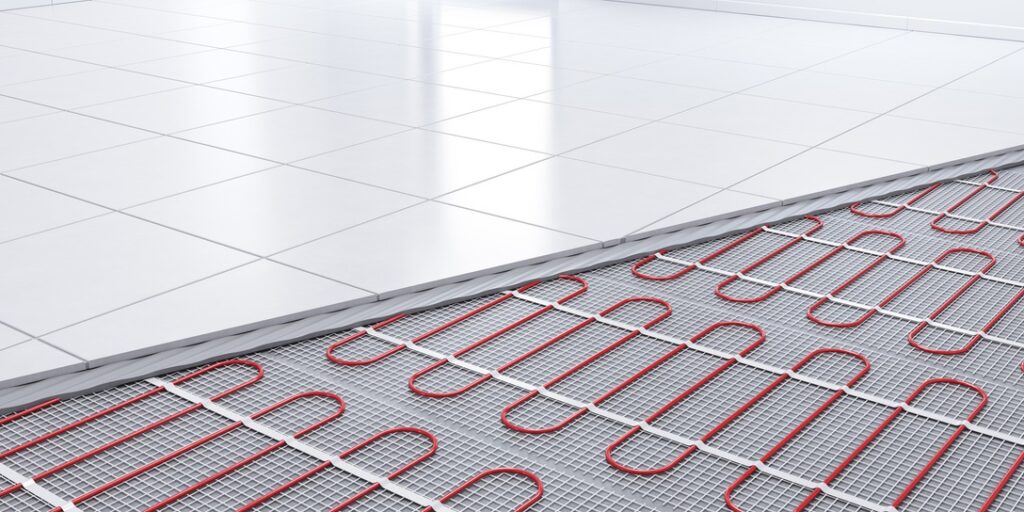
3. Electric Underfloor Heating Systems
Offering even heat distribution, electric underfloor heating systems use radiant mats or in-floor cables to warm up the tiles or floorboards in rooms where they are installed.
Ballpark Cost: $10 - $20 per square foot, excluding installation.
Required Maintenance: Minimal—these should be checked during your routine electrical inspections.
Best Suited For: Additional comfort in purpose-oriented spaces like bathrooms, kitchens, and bedrooms.
Advantages
- Improved comfort through even heat distribution.
- Can be an energy-efficient source of heat that reduces utility bills.
Installation Tips
Consider the type of electric underfloor heating you’ll want. Common options include:
- Radiant Mats: Easier to install, ideal for large spaces.
- In-floor Cables: More flexible and suitable for irregular floor plans.

4. Electric Fireplaces
Electric fireplaces bring both warmth and aesthetic appeal. Mimicking the ambiance of traditional fireplaces, they offer energy-efficient heating without the need for chimneys.
Ballpark Cost: $100 - $2,000+ (varies according to special features or designs).
Required Maintenance: Regular cleaning and professional checks during annual heating tune-ups.
Best Suited For: Homeowners seeking enhanced ambiance and supplemental heating.
Advantages
- Aesthetic appeal enhances the atmosphere of your home.
- Easy installation with no structural modifications needed.
Installation Tips
An electric fireplace is as much an aesthetic feature as it is a practical one, so consider the size and style of any room where you plan to install one before choosing a model.
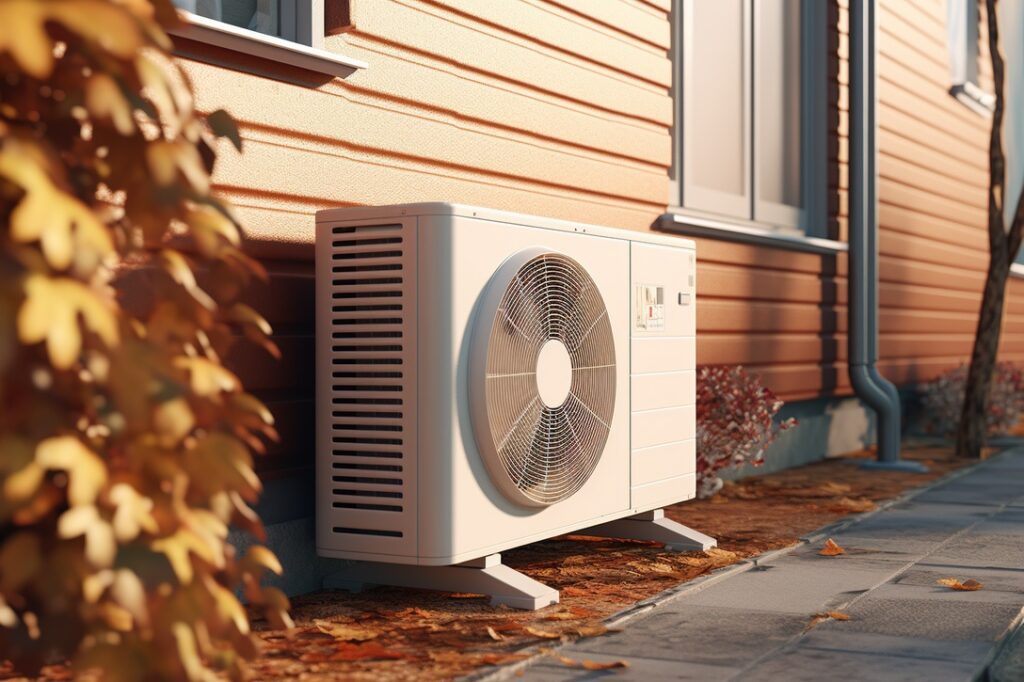
5. Electric Heat Pumps
Heat pumps extract heat from outside and transfer it indoors. These can provide energy-efficient comfort, even in Calgary’s cold climate—making them an alternative to your central furnace on all but the coldest days of the year.
Ballpark Cost: $4,000 - $7,000, excluding installation.
Required Maintenance: Annual professional inspections and monthly filter replacements.
Best Suited For: Those seeking energy-efficient heating for the whole household.
Advantages
- Partitioning your ductwork enables temperature control in different areas.
- Heat pumps use less energy than furnaces, leading to lower utility bills.
Installation Tips
Always have professional HVAC technicians size your heat pump to make sure it can provide the proper amount of heat for your space without working too hard and wasting electricity.
You should also keep your furnace as a backup option for the year’s coldest days, as many heat pumps lose their efficiency below a certain temperature (some can remain efficient until the temperature drops below -30°C, but this depends on the model and brand).
Making Your Home Ready for Electrical Heating Technology
Adding the systems listed above isn’t as simple as purchasing them from a home improvement store—you’ll also need to make sure that your home’s electrical infrastructure is compatible with anything you plan to add.
Contact 4-Star Electric to have one of our technicians assess your home’s electrical capacity and recommend any maintenance or upgrades that need to be done before installing an electrical heating system. With our help, you’ll be able to stay cozy in a safe and energy-efficient home all winter long.
FAQs about Installing Electrical Heating Systems
Will I need an electrical panel upgrade before installing a new electrical heating system?
It depends on the current capacity of your electrical panel and the power requirements of the new heating system. If your existing panel doesn’t have the capacity to handle the additional load, an upgrade will be necessary. Upgrading the electrical panel ensures that the system operates efficiently and safely, avoiding potential overloads and electrical fires.
Why should I get an electrical inspection before installing an electric heat pump, fireplace, or underfloor system?
An electrical inspection prior to installation is crucial for several reasons. It assesses whether your home’s electrical infrastructure can support the additional load, identifies any existing issues that need addressing, and ensures compliance with local building codes and regulations. This step is essential to guarantee the safety, efficiency, and longevity of your new electric heating system.
Can I install any of these electrical heating upgrades myself?
While some homeowners may be tempted to take a DIY approach, it’s highly recommended to have these systems installed by licensed professionals. Improper installation can lead to inefficiencies, safety hazards, and may void manufacturer warranties. Professionals have the expertise to ensure proper installation, adherence to safety standards, and optimal performance of the heating system.
Can any of these systems be installed in older homes?
Yes, these systems can be installed in older homes, but additional considerations may be necessary. Older homes may have outdated electrical panels that need upgrading to accommodate the increased electrical load. Additionally, replacing old aluminum wiring with copper wiring is recommended to ensure safety and compliance with modern electrical codes. Consulting with an electrician or heating specialist can provide guidance on the specific needs and adaptations required for older homes.
